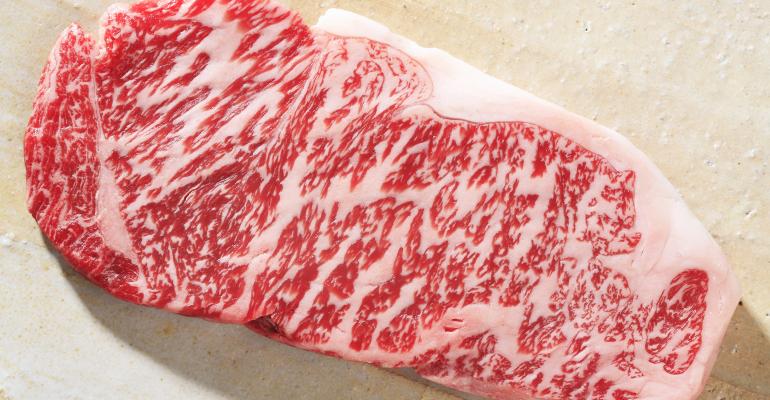Newsflash folks, the foodservice supply chain continues to normalize after a crazy couple of years. In June, the Datum FS Foodservice supply chain stress index continued to trend near some of its lowest levels in seven years. In other words, the stress in the chain remains relatively low despite employment and wage challenges. One of the major factors causing the stress to ease is commodity prices. The Datum FS Foodservice Commodity Index counter seasonally declined during May. For those keeping score, and you know I like to do that because I’m just a touch competitive, this was the first May decline in the index in four years. Further, the index in May is essentially flat with the start of the year, which is not normal.
One of the commodity markets that has been inexpensive this spring is cheese. So how cheap is cheese you ask? The CME cheese block average last week fell below $1.40 per pound for the first time since the COVID panic sell off in the spring of 2020. If you take away that period, CME cheese blocks were the lowest in 53 (think Bobby Abreu… tough player) months. As the chart shows, CME cheese blocks have not traded appreciably below last week's average for an extended period of time since at least 2015.
But there are still a few risks in the supply chain with one of the biggest being beef. The USDA did update their 2023 and 2024 beef supply forecasts earlier this month and generally the news was not encouraging. Beef output next year is projected to decline to its lowest level since 2015 and to its third lowest level in nearly two decades. And, oh by the way, 2024 per capita beef production in the U.S. could fall to its lowest level since the New York Yankees won their fourth straight World Series in 1952.
The other developing concern is feed prices. Corn isn’t cheap, and don't look now, but the spot market has risen nearly 11% during the last four weeks to its most expensive level since mid-April. Welcome to the weather markets, folks. Unfortunately, Mother Nature has become an Angry Elf against these crops. Rainfall in May this year for the primary corn and soybean crop area in the U.S. stood at just 2.55 inches. To put this in perspective, and you know I love to do so, total precipitation for the region was the lowest for any May since the Houston Rockets were on their way to winning their first NBA title in 1994. Stay tuned!
AUTHOR BIO
David Maloni is the Principal of Datum FS, a foodservice supply chain consultancy featuring his three decades of experience working with the majority of the top 500 restaurant brands. Datum FS assists companies with commodity forecasts, market baskets and supply chain data management best practices. For more information visit www.DatumFS.com.





